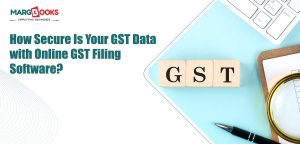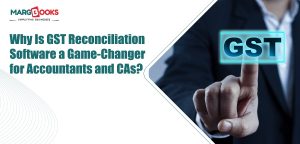The Goods and Services Tax (GST) has been one of the most significant tax reforms in India, reshaping the way businesses operate and how consumers pay for goods and services. While it aims to simplify taxation and boost economic growth, its direct and indirect effects on consumers and pricing remain a widely discussed topic. In this blog, we will explore the GST impact on consumers and how it influences the pricing of goods and services.
Understanding GST and Its Purpose
GST is a comprehensive, multi-stage, destination-based tax that has replaced multiple indirect taxes like VAT, service tax, and excise duty. It is divided into:
- CGST (Central Goods and Services Tax) – Collected by the Central Government.
- SGST (State Goods and Services Tax) – Collected by the State Governments.
- IGST (Integrated Goods and Services Tax) – Applied on inter-state transactions.
By eliminating cascading taxation, GST aims to create a uniform tax structure across India, making it easier for businesses to comply with regulations and manage taxation efficiently using billing software and accounting software like Margbooks.
GST Impact on Consumers
1. Changes in Prices of Goods and Services
Before GST, products were subjected to multiple indirect taxes, leading to price variations. With GST, taxation has become more transparent, but its impact on prices depends on the tax rate applicable to a particular product or service:
- Essential items like food grains, milk, and vegetables are either exempt from GST or taxed at a lower rate, benefiting consumers.
- Luxury goods and sin goods such as tobacco, aerated drinks, and premium cars attract a higher tax rate, increasing their prices.
- Services like telecom, restaurants, and online platforms now fall under the GST regime, leading to price revisions. Some services became slightly more expensive due to higher GST slabs.
2. Simplified Taxation and Billing
Earlier, consumers had to deal with different taxes at various points in the supply chain, often leading to confusion. With GST, taxation is straightforward, and businesses use online invoicing software to generate transparent invoices, ensuring consumers know exactly how much tax they are paying.
3. Impact on Daily Expenses
- Household Expenses: While essential goods have become more affordable, certain household services like internet, phone bills, and entertainment subscriptions have become costlier.
- Real Estate: Under-construction properties attract GST, whereas ready-to-move properties do not, impacting home buyers.
- Transportation: The reduction of logistics costs due to GST has led to lower transportation expenses, benefiting consumers indirectly.
4. Ease of Business Operations
For businesses, GST compliance is crucial. Many businesses have adopted advanced accounting software like Margbooks to handle tax calculations, ensure timely filings, and generate GST-compliant invoices. This not only helps businesses but also ensures that consumers are not overcharged due to tax miscalculations.
GST and Price Fluctuations
The effect of GST on prices varies from sector to sector. Below are a few examples:
- Automobile Industry: Lower tax rates on small and mid-size cars made them more affordable, but luxury cars saw a price hike.
- FMCG Products: Many daily-use items became cheaper due to the elimination of multiple taxes.
- Restaurant Bills: While GST replaced service tax and VAT, changes in input tax credits led to increased pricing in some cases.
How Consumers Can Benefit from GST
- Look for Transparent Billing – Ensure that businesses provide GST-compliant invoices using reliable online GST billing software.
- Compare Prices – With GST, prices are more standardized, helping consumers make informed choices.
- Check for Input Tax Benefits – When purchasing goods or services, especially for businesses, proper GST billing can help in claiming tax benefits.
Conclusion
The GST impact on consumers and pricing is both positive and negative. While it has streamlined taxation and eliminated hidden charges, the pricing of certain goods and services has changed. The adoption of online invoicing software and accounting software like Margbooks has further enhanced compliance, ensuring fair pricing and tax transparency. As consumers, understanding GST can help in making smarter financial decisions and benefiting from its long-term advantages.




